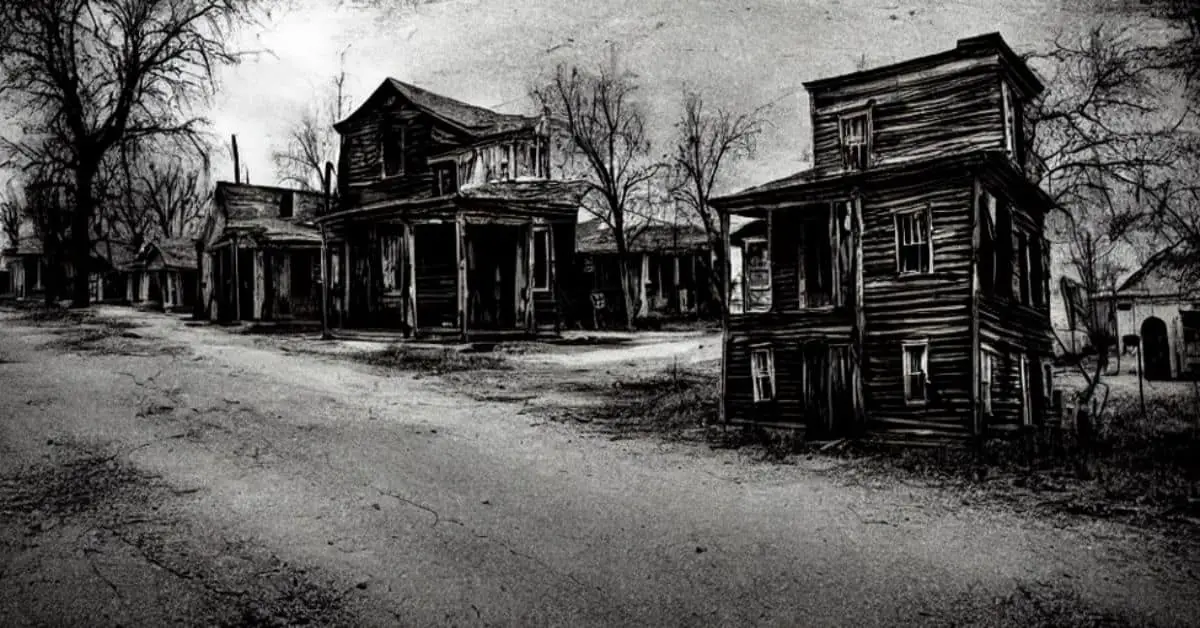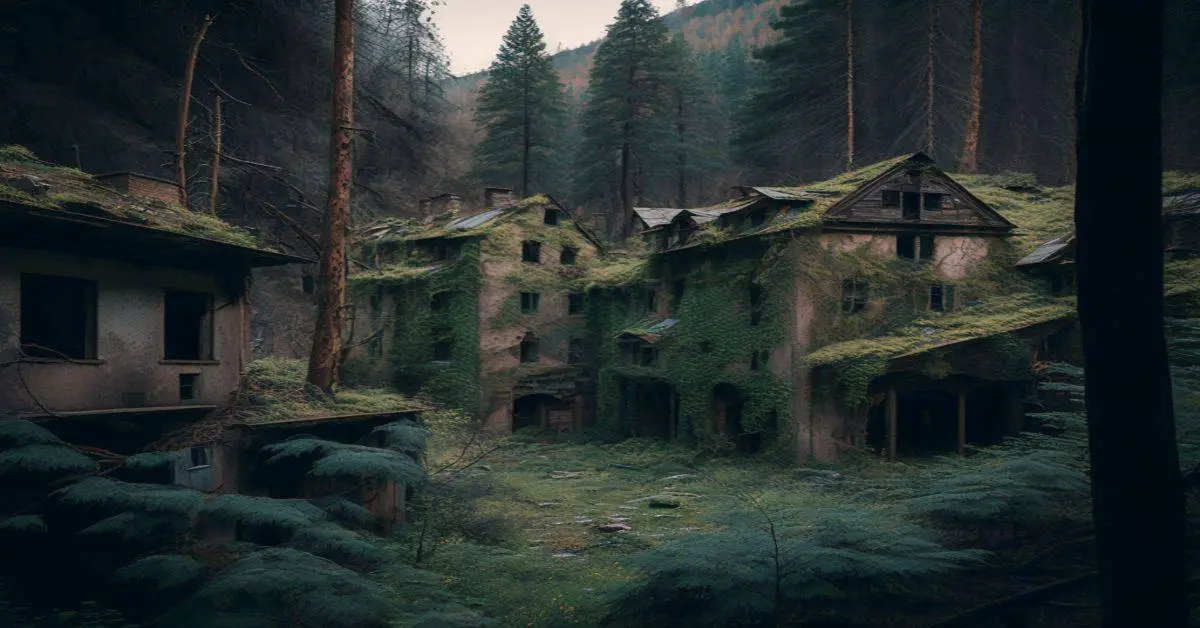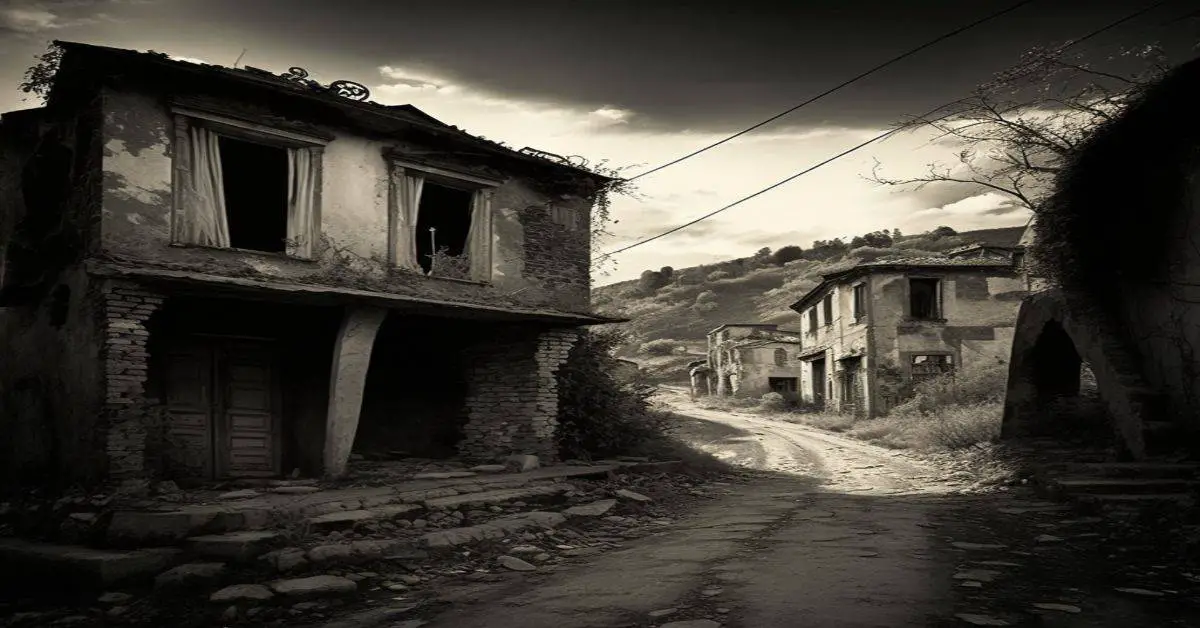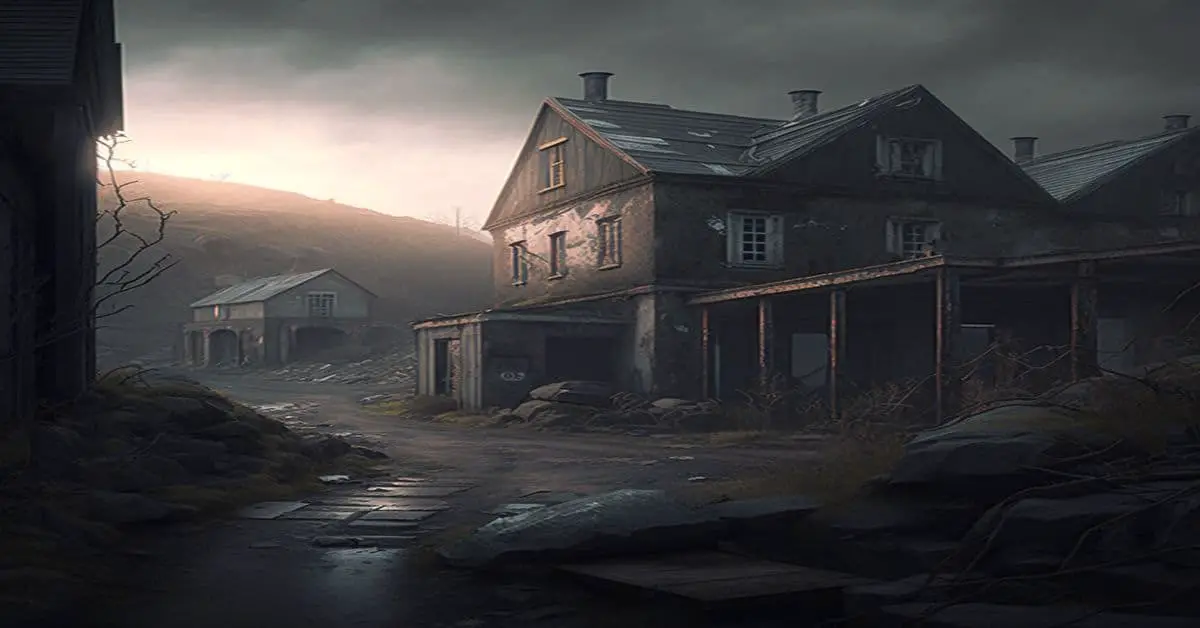What Are Ghost Towns? A Comprehensive Guide
Have you ever wondered what ghost towns are and why they exist?
Ghost towns are abandoned settlements that once thrived but eventually declined and were deserted.
These towns can be found worldwide, often with substantial visible remains, such as empty buildings, crumbling infrastructure, and lonely cemeteries. In this comprehensive guide, we will explore the reasons behind the rise and fall of ghost towns, their current state, and some famous examples that you can visit.
Definition of a Ghost Town
A ghost town is an abandoned village, town, or city that usually contains significant visible remaining buildings and infrastructure, such as roads, homes, and businesses. Ghost towns often emerge because the economic activity that supported them, such as mining or agriculture, failed or ended for various reasons.
These reasons can include the depletion of natural resources, changes in transportation routes, natural or human-caused disasters, government actions, or even wars and conflicts.
Historian T. Lindsey Baker defines a ghost town as “a town for which the reason for being no longer exists.” This means that a ghost town must have lost its economic and social viability, leading to a decline in population and, eventually, complete abandonment.
Reasons for the Formation of Ghost Towns
Several factors can lead to the formation of ghost towns. Some of the most common reasons include:
Economic Activity Shifting Elsewhere
Ghost towns often emerge when the single activity or resource that created a boomtown is depleted, or the resource economy undergoes a “bust.” As a result, the town’s population may desert the area, leaving behind a ghost town. This is particularly common in mining towns, where the exhaustion of ore deposits leads to the abandonment of the town.
In some cases, economic activity may shift to another nearby location, leading to the decline and eventual abandonment of the original town. For example, the Australian town of Collingwood was abandoned when the nearby town of Winton outperformed it as a regional center for the livestock-raising industry.
Human Intervention
Changes in transportation routes, such as railroads and roads bypassing or no longer reaching a town, can also create a ghost town. For instance, many ghost towns along historic Route 66 in the United States suffered from mine closures and the diversion of highway traffic to faster-moving interstate highways.
Furthermore, government actions, such as land expropriation or the establishment of exclusion zones, can lead to the abandonment of towns. Sometimes, the town may cease to exist officially, but the physical infrastructure remains, used for other purposes or left to decay.
Disasters and Anticipated Disasters
Natural and man-made disasters can also give rise to ghost towns. For example, towns that have been repeatedly flooded, such as Pattonsburg, Missouri, may be abandoned in favor of a new location. In other cases, landslides, volcanic eruptions, or other catastrophes may render a town uninhabitable, leading to its abandonment.
Anticipated disasters, such as the risk of landslides or contamination from nearby industrial activities, may also prompt the abandonment of a town before the disaster occurs.
Massacres and Wars
Sometimes, towns may become deserted when their populations are massacred, deported, or expelled due to wars or conflicts. Examples include the ancient Greek city of Kayakoy, which was abandoned due to the population exchange between Greece and Turkey, and the French village of Oradour-sur-Glane, which was destroyed by German forces during World War II.
Disease and Contamination
Disease outbreaks and contamination from industrial activities can also lead to the formation of ghost towns. For instance, the town of Times Beach, Missouri, was abandoned due to high levels of dioxin contamination, while several mining towns in Western Australia were deserted due to the health risks associated with asbestos mining.
Ghost Towns as Tourist Attractions
Some ghost towns preserve period-specific architecture and historical features and have become popular tourist attractions. A few examples include:
- Bannack, Montana (USA)
- Barkerville, British Columbia (Canada)
- Craco, Italy
- Aghdam, Azerbaijan
- Kolmanskop, Namibia
- Pripyat, Ukraine (site of the Chernobyl disaster)
- Dhanushkodi, India
- Fordlandia, Brazil
Visiting these ghost towns allows tourists to step back in time and experience life in these once-thriving communities.
Ghost Town Repopulation
In some cases, ghost towns have experienced a resurgence in population and economic activity, often through heritage or eco-tourism initiatives. For example, Walhalla, Victoria, in Australia, was nearly abandoned after its gold mine ceased operation, but has since experienced a revival as a tourist destination and holiday spot.
Similarly, some ghost towns in Italy, such as Riace and Muñotello, have been repopulated by refugees and homeless individuals through government-supported programs.
Ghost Towns Around the World
Ghost towns can be found in various regions around the world, including:
Africa
In Africa, wars, rebellions, and the depletion of natural resources have led to the abandonment of numerous towns and villages. Some notable African ghost towns include the mining towns of Kolmanskop in Namibia and Aghdam in Azerbaijan.
Asia
China has several large urban property developments, sometimes called “ghost cities,” which have remained mostly unoccupied since they were built. In addition, the town of Dhanushkodi in India was abandoned following a devastating cyclone in 1964.
Europe
Many European ghost towns were once mining or mill towns abandoned after their resources were depleted. These include the towns of Bodie and Rhyolite in the United States, as well as Pompeii and Herculaneum in Italy, which were buried by the eruption of Mount Vesuvius in AD 79.
North America
Ghost towns in North America are often associated with the mining booms of the 19th century, such as those in California, Nevada, and the Rocky Mountains. Other North American ghost towns include abandoned military posts, farming communities, and towns affected by natural disasters or industrial contamination.
South America
In South America, ghost towns have resulted from economic decline, war, and natural disasters. Examples include the former mining town of Real de Catorce in Mexico and the Chilean saltpeter mining towns of Humberstone and Santa Laura.
Oceania
Ghost towns in Australia and New Zealand are mostly associated with the mining booms of the 19th and early 20th centuries. These towns, such as Macetown and Otago in New Zealand, were often abandoned when their mines ceased operation or more hospitable locations became available.
Conclusion
Ghost towns are fascinating remnants of the past, offering glimpses into the lives of the people who once inhabited them. They can be found worldwide and have been created for various reasons, including economic decline, disasters, and human intervention.
As some ghost towns are transformed into tourist attractions or repopulated through various initiatives, they remind us of the ever-changing nature of human settlements and the impact of economic, social, and environmental factors on our communities.



